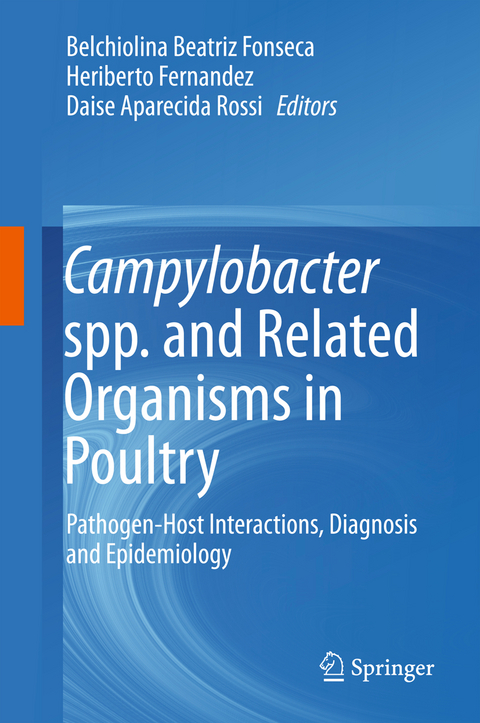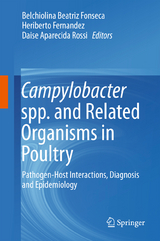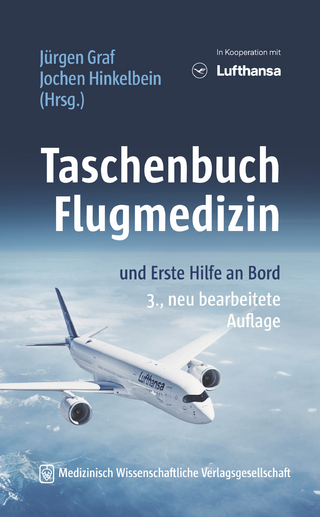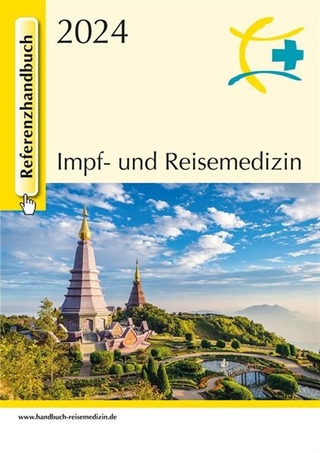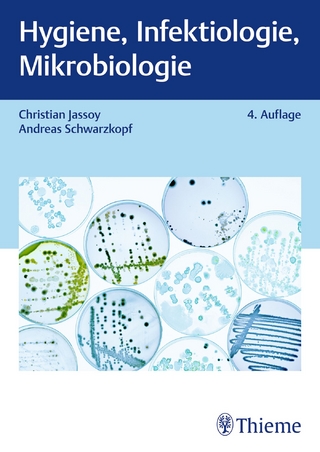Campylobacter spp. and Related Organisms in Poultry
Springer International Publishing (Verlag)
978-3-319-29906-8 (ISBN)
This book provides an extensive review of researchinto Campylobacter, Helicobacter and Arcobacter speciesfound in poultry. It includes the epidemiology, diagnosis, immune response anddisease control of these organisms in commercial poultry production.Antimicrobial resistance, and the incidence and human disease potential ofthese bacteria is also discussed.
A global perspective is presented by experts from fourcontinents - South America, North America, Europe and Africa. This referencework will be of value to the poultry industry, research laboratories, publichealth workers and students. An extensive overview of the relevant literatureis provided by the reference lists at the end of each chapter.
Dr. Belchiolina Beatriz Fonseca is professor of avian disease and poultry production from Faculty of Veterinary Medicine from Universidade Federal de Uberlândia, Minas Gerais, Brasil. Before her academic work he has worked in the field as a Veterinary Medical with chickens and broiler breeders. She has started research about Campylobacter in poultry since 2005 when studied in Chile with Dr. Heriberto Fernandéz. Thenceforward, her research about Campylobacter with Dr. Daise Rossi in poultry. The main focus of the author is epidemiology and the relationship of commensal or disease between and campylobacter in poultry. She is member of the Latin American Network of Researchers in Campylobacteraceae (Relacampy).Dr. Heriberto Fernández is Full Professor of Clinical Microbiology and past-director of the Institute of Clinical Microbiology, Faculty of Medicine, Universidad Austral de Chile. During the first years of his career he was involved in microbiological diagnosis of zoonotic bacterial agents. Since 1980 their research lines turned towards Campylobacter and related microorganisms and their epidemiological relationships among humans, animals, the environment and food production. Throughout the last 35 years he conducted many research projects in the field. As Professor he spent much of his time to teach about Campylobacter, not only to undergraduate and graduate students and professionals of his country, but also to others in many countries of Latin America, being also invited as speaker at many conferences and scientific meetings in almost all South American countries and some of Central America. He was trainer in different courses in Argentina and Mexico of the WHO SalmSurvNet (now renamed GFN). Dr Fernández was invited to be member of the WHO Experts Committee on Campylobacter, the Chilean Agency for Food Safety and the WHO Advisory Group on Integrated Surveillance of Antimicrobial Resistance (AGISAR), belonging to the latter until June 2014. In 2014 obtained a grant from the Ecuadorian Secretariat for Higher Education, Science, Technology and Innovation to develop a Prometeo Project at the Technical University of Loja to build academic capacities on Campylobacter and develop research projects in this field. At this time he created the Latin American Network of Researchers in Campylobacteraceae. Dr. Daise Aparecida Rossi is professor of microbiology, zoonotic disease and hygiene and vigilance in food at Faculty of Veterinary Medicine of the Universidade Federal de Uberlândia, Minas Gerais, Brasil. She has experience in veterinary microbiology, mainly with food microbiology and epidemiology, with expertise in foodborne zoonoses and food safety. She has several important works about Campylobacter and Salmonella in general food as, chicken, milk, cheese and other meats. Her research team also developed projects in Brazil about the prevalence of Campylobacter in animal products, their virulence, resistance to antimicrobials and capacity of biofilm formation. She is member of the Latin American Network of Researchers in Campylobacteraceae (Relacampy). and SSAN-UNASUL (Program of the development of strategies of Socio-educational or Social Technology character on Sovereignty, Food and Nutritional Security).
'Chapter 1 About the Campylobacter spp
Belchiolina Beatriz Fonseca, Heriberto Fernandez, Daise Aparecida Rossi, Patrícia Giovana Hoepers, Roberta Torres de Melo Members of the Campylobacter genus are gram-negative, microaerophilic, small bacillus with a polar flagellum. Their movement has a typical corkscrew characteristic. There are many species associated with different diseases. This chapter describes the taxonomy, genetic structure and general characteristics of the Campylobacter genus focusing on thermophilic species and/or those that colonize the intestinal tract of birds.
Chapter 2 Isolation and identification of Campylobacter spp. in poultry
Omar A. Oyarzabal and Heriberto Fernández Poultry products, especially chicken meat, continue to be important sources of campylobacteriosis in humans. This chapter reviews the current methods used for the isolation and identification of Campylobacter spp. from chicken products. Emphasis is placed on the enrichment protocols, the plate media that are most costly efficient for isolation purposes and the current approaches to identification of isolates to the genus or species level. The current methodology used in some South American countries to detect Campylobacter spp. from poultry products is also summarized.
Chapter 3 Colonization of Campylobacter jejuni in poultry Bel chiolina Beatriz Fonseca, Álvaro Ferreira Junior, Gustavo Medina, Marcelo Emilio Beletti, Eliane Pereira Mendonça Campylobacter jejuni colonizes the poultry intestinal tract in high quantity and can establish a commensal behavior in the host. However, it has been suggested a pathogenic behavior of C. jejuni in chickens. Pathogen-associated virulence factors and host immune res ponse can influence the chicken intestinal colonization and the pathological and clinical manifestations. This article describes the main structures involved during the colonization of C. jejuni in poultry and the possible consequences of the pathogen and host interactions for poultry.
Chapter 4 Immune response after Campylobacter infection in poultry Álvaro Ferreira Junior, Edson Campos Valadares Junior, Belchiolina Beatriz Fonseca This chapter describes about the host immune responses against Campylobacter spp. We compare chicken and mammal host innate and acquired immune response against the bacterium. In addition, we describe the role of maternal antibody protection in offspring's early life. We present the intriguing phenomena of pathogen and host relationship and the apparent post-infection host immune tolerance. In this context, some questions should be highlighted: are the control procedures for Campylobacter jejuni-infection in chickens relevant to reduce C. jejuni-infection in human hosts? Are the currentl y used C. jejuni-vaccines protective against the chicken infection? Is an alternative procedure the administration of passive oral immunization using powdered antibodies to control chicken and human C. jejuni infection? We also discusses about the possible potential of antigenic targets to the vaccine production.
Chapter 5 Campylobacter-host cell interactions Claudio Silva, Marlus Alves Santos, Flávia Alves Martins
This chapter begins with a historical background of evolutionary origin of the cells since the emergence addressing the endosymbiosis theory by which prokaryotes gave rise to the first eukaryotic cells, describes the relationship between existing cell types that may have evolved with predation to mutualism or parasitism. Also, discuss some interactions between parasitic unicellular organisms and its cell host, taking into account the dynamic actin cytoskeleton and the immune response resulting from the invasion. Finally analyses the case of C. jejuni, its types of invasion routes, intracellular traffic, virulence factors and colonization of poultry cells.
Chapter 6
Epidemiology of Campylobacter spp. in farms
| Erscheinungsdatum | 08.10.2016 |
|---|---|
| Zusatzinfo | XII, 206 p. 19 illus., 17 illus. in color. |
| Verlagsort | Cham |
| Sprache | englisch |
| Maße | 155 x 235 mm |
| Gewicht | 486 g |
| Themenwelt | Medizin / Pharmazie ► Medizinische Fachgebiete ► Mikrobiologie / Infektologie / Reisemedizin |
| Medizin / Pharmazie ► Studium | |
| Naturwissenschaften ► Biologie ► Mikrobiologie / Immunologie | |
| Schlagworte | Agriculture • Avian Disease • Biomedical and Life Sciences • Campylobacter • Campylobacteriosis • epidemiology • food science • Food Transmitted Diseases • Medical Microbiology • Microbiology • Public Health • Veterinary Medicine • Zoonoses |
| ISBN-10 | 3-319-29906-9 / 3319299069 |
| ISBN-13 | 978-3-319-29906-8 / 9783319299068 |
| Zustand | Neuware |
| Haben Sie eine Frage zum Produkt? |
aus dem Bereich
